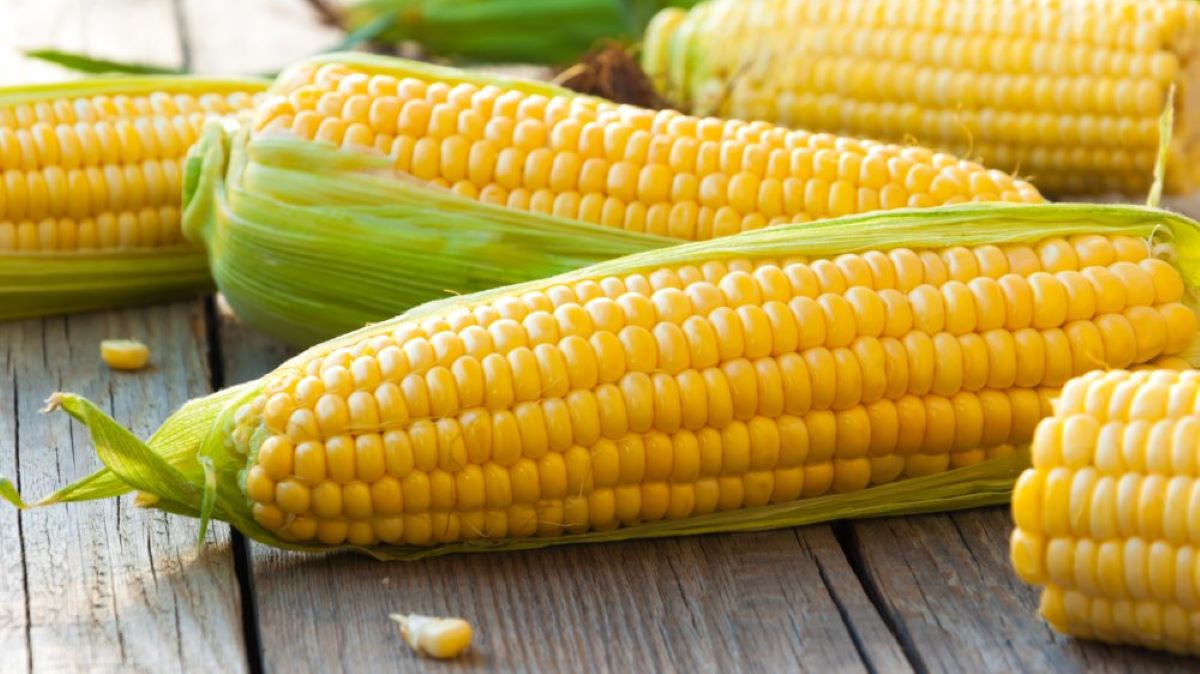

Articles
How To Store Corn On The Cob
Modified: February 24, 2024
Learn the best methods for storing corn on the cob to maintain its freshness and flavor. Read our helpful articles and preserve your corn for future enjoyment.
(Many of the links in this article redirect to a specific reviewed product. Your purchase of these products through affiliate links helps to generate commission for Storables.com, at no extra cost. Learn more)
Introduction
Welcome to our comprehensive guide on how to store corn on the cob. Corn on the cob is a delicious and versatile vegetable that can be enjoyed in a variety of ways. Whether you’re growing your own corn or have bought it fresh from the market, knowing how to properly store it will help you preserve its freshness and flavor for longer.
When it comes to storing corn on the cob, there are a few key factors to consider. First, it’s important to choose fresh corn that is at its peak ripeness. Second, you’ll need to husk and clean the corn properly to remove any dirt or pests. Third, blanching the corn will help preserve its taste and texture. Finally, you’ll need to pack and store the corn in a way that keeps it fresh until you’re ready to use it.
In this article, we’ll walk you through each step of the process, covering different methods of storing corn on the cob. Whether you prefer freezing, canning, or storing cooked corn, we’ve got you covered. So let’s dive in and learn how to keep your corn on the cob fresh and delicious!
Key Takeaways:
- Choose fresh, vibrant corn with plump kernels and sticky silk for the best flavor and texture. Opt for farmers’ markets for the freshest options and ask vendors for assistance if unsure.
- Whether freezing, canning, or storing cooked corn, proper labeling and organization are key to keeping track of freshness and ensuring timely use. Enjoy the versatility of corn in a variety of dishes year-round.
Read more: How To Store Corn On Cob
Choosing Fresh Corn
When it comes to storing corn on the cob, starting with fresh and high-quality corn is essential. Here are some tips to help you choose the best corn:
- Look for corn with bright green husks that are tightly wrapped around the ear. Avoid corn with brown, dry, or wilted husks.
- Gently squeeze the corn to check for plump kernels. The ears should feel firm and evenly filled without any mushy spots.
- Inspect the silk at the top of the ear. It should be slightly sticky to the touch and a vibrant shade of yellow or white.
- Avoid corn with any signs of mold, insect damage, or discolored kernels.
- Farmers’ markets and local farms often have the freshest corn since it is typically harvested on the same day or within a few days.
- If you’re unsure about the freshness of the corn, you can also ask the vendor or farmer for assistance.
By selecting fresh and high-quality corn, you’ll have a solid foundation for preserving its flavor and texture during the storage process. Remember, the freshness of the corn will directly impact the final taste of your dishes.
Husking and Cleaning
Once you’ve chosen fresh corn on the cob, the next step is to husk and clean it properly. Here’s how to do it:
- Start by removing the outer husks of the corn. Hold the corn firmly at the top and peel back the husks, working your way down to the base. You can tear off the husks or use a knife to cut them away.
- Once the husks are removed, you’ll notice some silky threads called corn silk. Gently pull them off, making sure to remove all of them. Corn silk can be unpleasant to eat and may affect the taste of the corn if left on.
- Rinse the corn under cold running water to remove any remaining silk or dirt. This will ensure that the corn is clean and ready for further processing.
- If you prefer, you can also soak the corn in a large bowl of cold water for a few minutes. This will help loosen any stubborn silk and make it easier to clean.
Properly husking and cleaning the corn is important for removing any dirt, debris, or unwanted substances. By ensuring that the corn is clean, you’ll be able to store it without any concerns about spoilage or contamination.
Now that the corn is husked and cleaned, it’s time to move on to the next step: blanching.
Blanching
Blanching is a crucial step in preserving the taste, color, and texture of your corn on the cob. This process involves briefly cooking the corn in boiling water and then quickly cooling it down. Here’s how to blanch corn on the cob:
- Fill a large pot with water and bring it to a rolling boil. You’ll need enough water to fully submerge the ears of corn.
- While the water is boiling, prepare an ice bath in a separate bowl or sink by filling it with cold water and adding ice cubes.
- Once the water is boiling, carefully place the husked and cleaned ears of corn into the pot. Make sure they are fully submerged.
- Set a timer for 3-5 minutes. The exact blanching time will depend on the size and freshness of the corn. Young and tender corn may only need 3 minutes, while older corn might require 4-5 minutes.
- After the allotted time, use tongs or a slotted spoon to remove the corn from the boiling water and immediately transfer it to the ice bath. This will stop the cooking process and cool the corn down rapidly.
- Let the corn sit in the ice bath for a few minutes until it is completely chilled. This will help preserve the crispness and flavor of the corn.
Blanching the corn will not only lock in its natural flavors but also help to slow down the enzyme activity that can cause the corn to become tough or lose its vibrant color. It is an important step to ensure that your stored corn on the cob remains delicious and fresh.
Now that the corn has been blanched and cooled, we can move on to the next step: packing and storing.
Cooling and Draining
After blanching the corn on the cob, it’s important to properly cool and drain the corn before proceeding with the storage process. Here’s how to cool and drain the blanched corn:
- Remove the corn from the ice bath and place it on a clean kitchen towel or a cooling rack. Allow the corn to drain and air-dry for a few minutes.
- Gently pat the corn dry with a clean kitchen towel to remove any excess moisture. This will help prevent any water droplets from freezing or affecting the texture of the corn.
- If you’re planning to freeze the corn, it’s essential to ensure that it is completely dry before proceeding. Any moisture on the corn can lead to freezer burn or ice crystals, affecting the quality of the stored corn.
Cooling and draining the corn is important to remove any excess water and ensure that it is ready for the next step in the storage process. Properly dried corn will result in better quality and taste when it’s time to enjoy it.
Now that the corn is cooled and drained, we can move on to the next step: packing and storing.
Read more: How To Store Unshucked Corn On The Cob
Packing and Storing
Once the blanched corn on the cob has been cooled and drained, it’s time to pack and store it properly. There are a few different methods you can choose depending on your preferred storage option. Let’s explore them:
Freezing Corn on the Cob
If you want to freeze the corn for long-term storage, here’s how to do it:
- Individually wrap each ear of corn in plastic wrap or aluminum foil. This will prevent freezer burn and protect the corn from absorbing any unwanted flavors or odors.
- Place the wrapped ears of corn in a freezer-safe bag or airtight container. Label the container with the date for easy reference.
- Store the corn in the freezer at 0°F (-18°C) or below. Frozen corn on the cob can last for 8-12 months.
Canning Corn on the Cob
If you prefer canning as a storage method, here’s how to can corn on the cob:
- Remove the kernels from the blanched corn ears using a sharp knife or a corn stripper tool.
- Pack the corn kernels into sterilized canning jars, leaving about 1 inch of headspace. Add salt and boiling water to each jar, following the specific instructions for canning corn.
- Seal the jars with sterile lids and rings, and process them in a pressure canner according to the recommended canning instructions.
- Store the canned corn in a cool, dark place. Properly canned corn on the cob can last for up to a year.
Storing Cooked Corn on the Cob
If you have leftover cooked corn on the cob, you can store it using these steps:
- Allow the cooked corn to cool completely.
- Wrap each ear of corn in plastic wrap or foil and place them in an airtight container or resealable plastic bag.
- Store the cooked corn in the refrigerator for up to 3-4 days.
By choosing the appropriate packing and storing method, you can ensure that your corn on the cob remains fresh and delicious for an extended period, whether you choose to freeze, can, or refrigerate it.
Now that you know how to properly pack and store your corn on the cob, you can enjoy its sweet and juicy flavor long after the peak harvest season is over. Experiment with different storage methods to find the one that works best for you and your culinary preferences.
Next, we’ll cover the steps for freezing corn on the cob in more detail.
Read more: How To Store Uncooked Corn On The Cob
Freezing Corn on the Cob
Freezing corn on the cob is a popular method for preserving its taste and freshness. Here’s a detailed guide on how to freeze corn on the cob:
- After blanching and cooling the corn on the cob, pat it dry with a clean kitchen towel to remove any excess moisture. This step is crucial to prevent freezer burn.
- Individually wrap each ear of corn tightly in plastic wrap or aluminum foil. This will protect the corn from freezer burn and help maintain its flavor.
- Place the wrapped corn in a freezer-safe bag or airtight container. Make sure to label the container with the date to keep track of its freshness.
- Remove as much air as possible from the bag or container before sealing it. Vacuum sealing is an ideal option, as it minimizes air exposure and extends the shelf life of the corn.
- Store the corn in the freezer at 0°F (-18°C) or below. This temperature ensures the quality and longevity of the frozen corn.
Frozen corn on the cob can last for 8-12 months in the freezer. When you’re ready to enjoy it, simply thaw the corn in the refrigerator overnight or place it directly in boiling water for a few minutes until heated through.
Freezing corn on the cob is a convenient way to enjoy the taste of summer even during the off-season. It allows you to savor the sweetness and crunchiness of fresh corn whenever you desire. Plus, freezing gives you the flexibility to use corn in a variety of dishes, such as soups, stews, casseroles, and salsas.
Remember to properly label and organize your frozen corn to easily locate and use it when needed. By following these steps, you can preserve the flavor and texture of corn on the cob for months to come.
Now that you know how to freeze corn on the cob, you can store your harvest or take advantage of seasonal sales to stock up on this versatile vegetable. Next, we’ll discuss another popular method: canning corn on the cob.
To store corn on the cob, keep it in the husk and refrigerate it for up to 3 days. For longer storage, blanch the corn and freeze it in airtight bags for up to 6 months.
Canning Corn on the Cob
Canning corn on the cob is a wonderful method for preserving its freshness and flavor. Here’s a step-by-step guide on how to can corn on the cob:
- Start by husking and cleaning the corn, ensuring it is free from dirt, silk, and any damaged or blemished kernels.
- Bring a large pot of water to a boil. While the water is heating up, prepare an ice bath in a separate bowl or sink.
- Once the water is boiling, carefully place the corn cobs into the pot. Blanch them for about 4-5 minutes to partially cook and preserve their flavor.
- Using tongs or a slotted spoon, remove the corn cobs from the boiling water and immediately transfer them to the ice bath to cool down and stop the cooking process.
- Once the corn cobs are completely cooled, drain them and pat them dry with a clean kitchen towel.
- Using a sharp knife, carefully cut the corn kernels off the cob. Be sure to scrape the cob to remove the milky liquid and maximize the corn’s flavor.
- Prepare your canning jars by washing them in hot, soapy water and sterilizing them with boiling water or in the oven.
- Fill the sterilized jars with the corn kernels, leaving about an inch of headspace at the top. You can add salt or sugar, if desired, for flavor enhancement.
- Add boiling water to the jars, covering the corn kernels while maintaining the recommended headspace.
- Wipe the rims of the jars with a clean, damp cloth to remove any residue or food particles.
- Seal the jars with sterilized lids and rings, following the canning manufacturer’s instructions.
- Process the jars in a pressure canner according to the appropriate guidelines based on your altitude and jar size.
- Once the canning process is complete, carefully remove the jars from the canner and allow them to cool on a clean, dry towel.
- Before storing the canned corn on the cob, check the lids to ensure they are properly sealed. Any unsealed jars should be refrigerated and consumed within a few days.
- Label the sealed jars with the date and store them in a cool, dark place for up to a year.
Canned corn on the cob can be enjoyed in various ways, including as a side dish, in salads, or as an ingredient in soups, stews, and casseroles. It brings the taste of fresh, sweet corn to your meals, even during the off-season.
Remember to follow proper canning techniques and guidelines to ensure the safety and quality of your canned corn on the cob. By canning this popular vegetable, you can savor its delectable flavor year-round.
Now that you know how to can corn on the cob, you can start preserving the taste and texture of this summer delight. Next, we’ll explore how to store cooked corn on the cob.
Storing Cooked Corn on the Cob
If you have leftover cooked corn on the cob, properly storing it will help maintain its flavor and texture. Here’s how to store cooked corn on the cob:
- Allow the cooked corn on the cob to cool completely. Leaving it at room temperature for about an hour should be sufficient.
- Wrap each individual cob tightly in plastic wrap or aluminum foil. This will help prevent it from drying out and absorbing any unwanted flavors from the refrigerator.
- Place the wrapped corn in an airtight container or resealable plastic bag. Make sure to remove as much air as possible to keep the corn fresh.
- Store the corn in the refrigerator at a temperature below 40°F (4°C) to slow down any potential bacterial growth.
- When ready to enjoy the corn on the cob, you can reheat it by placing the unwrapped cob in boiling water for a few minutes or using a microwave-safe dish with a little bit of water.
Stored properly, cooked corn on the cob can last in the refrigerator for up to 3-4 days. It’s important to note that the quality and crispness may diminish over time, so it’s best to consume it as soon as possible for the best experience.
When using stored cooked corn, be sure to inspect it for any signs of spoilage, such as an off-putting odor or mold. If there are any doubts about its freshness, it’s best to discard it to avoid any potential foodborne illnesses.
Storing cooked corn on the cob allows you to enjoy the leftovers without compromising its taste and quality. You can use it as a quick and easy side dish or incorporate it into salads, salsas, or other recipes for added flavor and texture.
Now that you know how to store cooked corn on the cob, you can make the most of your leftovers and minimize food waste. In the next section, we’ll provide a summary of the storage methods covered in this article.
Conclusion
Properly storing corn on the cob is essential for preserving its freshness, flavor, and texture. Whether you have freshly harvested corn from your garden or store-bought ears, knowing how to store them will help you enjoy the taste of summer all year round.
Throughout this comprehensive guide, we have covered various methods of storing corn on the cob, including freezing, canning, and storing cooked corn. Each method offers its own benefits and allows you to choose the one that best suits your needs and preferences.
Choosing fresh corn is the first step to ensure the best quality and taste. Look for vibrant green husks and plump kernels. Husking and cleaning the corn properly removes any unwanted debris and prepares it for further processing.
Blanching the corn helps to preserve its flavor and texture. By briefly cooking the corn and then quickly cooling it, you can maintain its natural sweetness and crunchiness.
Depending on your storage goals, you can freeze corn on the cob by wrapping it individually and then packaging it in freezer-safe bags or containers. This method keeps the corn fresh for several months. Alternatively, you can can corn on the cob by cutting off the kernels, packing them into jars, and processing them in a pressure canner. Canned corn can last for up to a year, offering convenience and versatility.
If you have leftover cooked corn on the cob, store it by wrapping each cob tightly and placing it in the refrigerator in an airtight container. This enables you to enjoy the leftovers and minimize food waste.
By following these storage methods, you can savor the taste of corn on the cob even when it’s out of season. These techniques allow you to enjoy the versatility of corn in a variety of dishes, from soups and salads to casseroles and salsas.
Remember, whether you’re freezing, canning, or storing cooked corn, proper labeling and organization will help you keep track of its freshness and ensure you use it in a timely manner.
Now that you have a comprehensive understanding of how to store corn on the cob, you can confidently preserve the flavors of summer and enjoy this beloved vegetable all year long. So go ahead, stock up on corn and embrace the delicious possibilities it offers!
Frequently Asked Questions about How To Store Corn On The Cob
Was this page helpful?
At Storables.com, we guarantee accurate and reliable information. Our content, validated by Expert Board Contributors, is crafted following stringent Editorial Policies. We're committed to providing you with well-researched, expert-backed insights for all your informational needs.
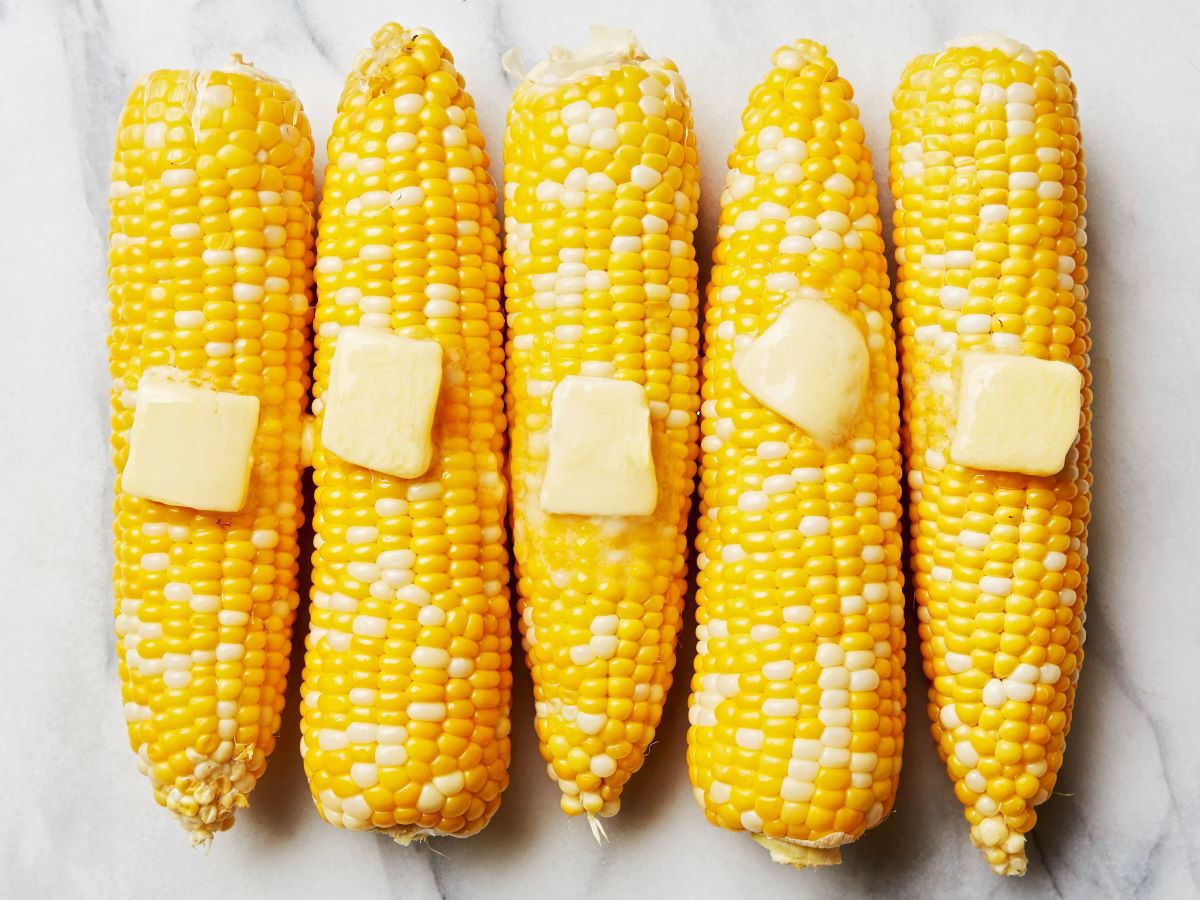
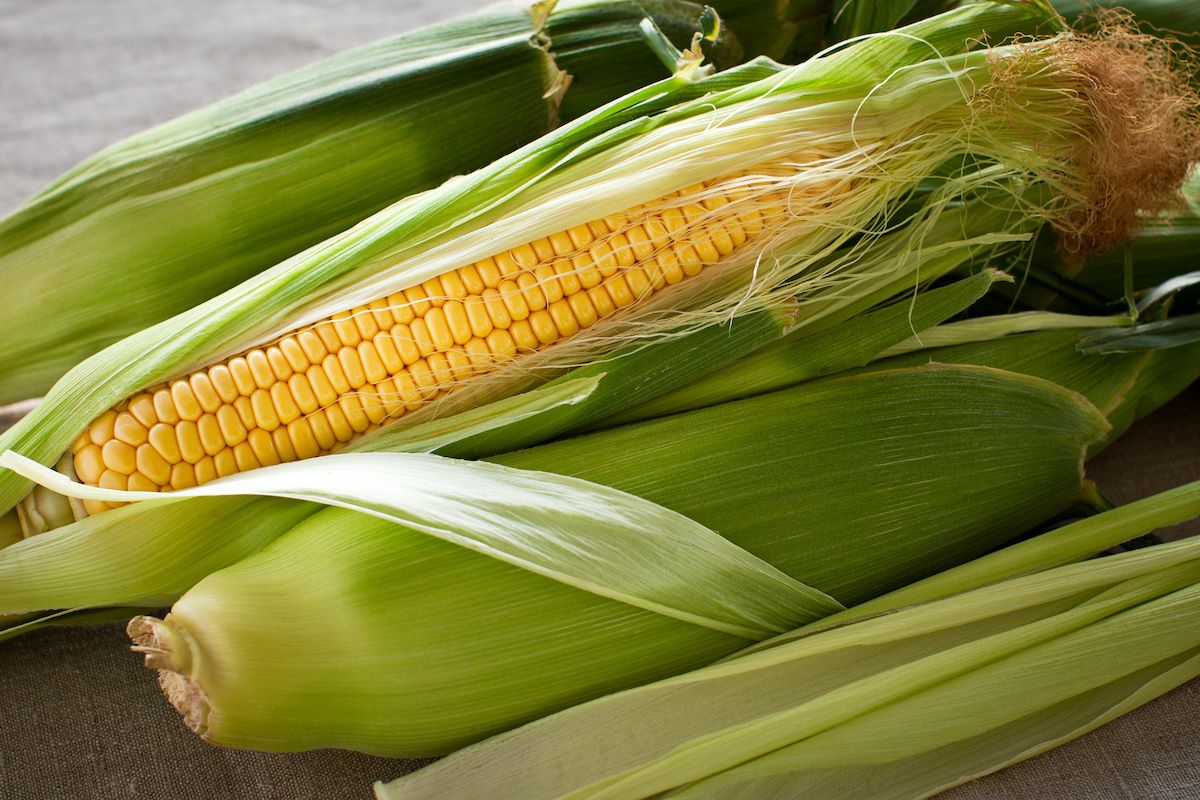
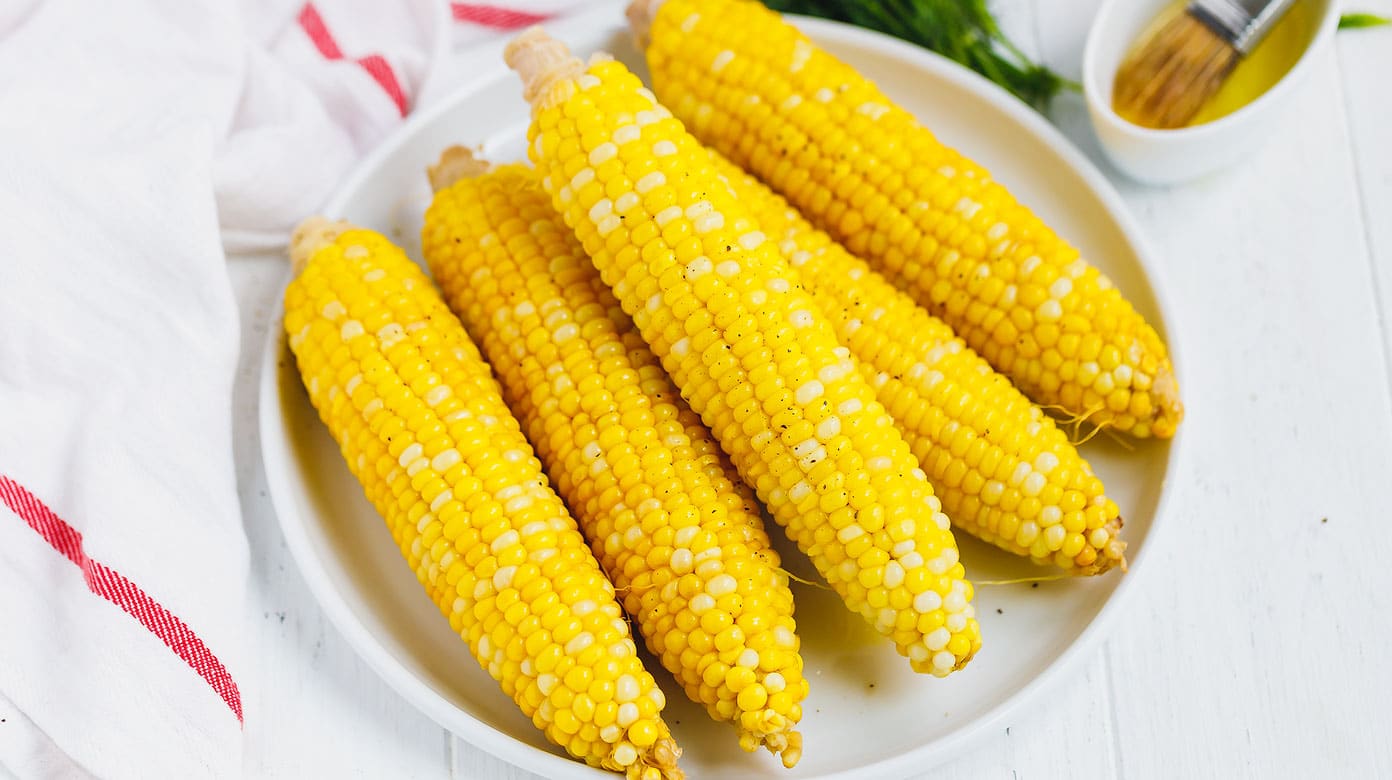
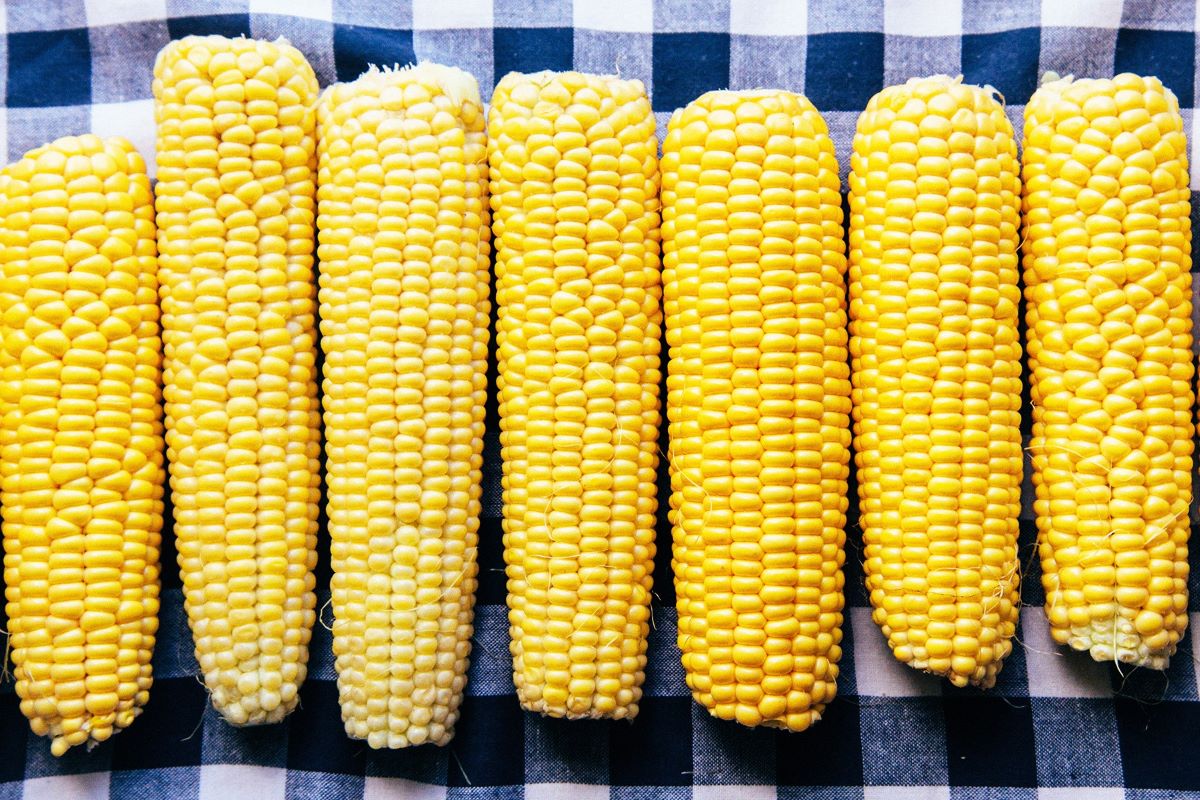
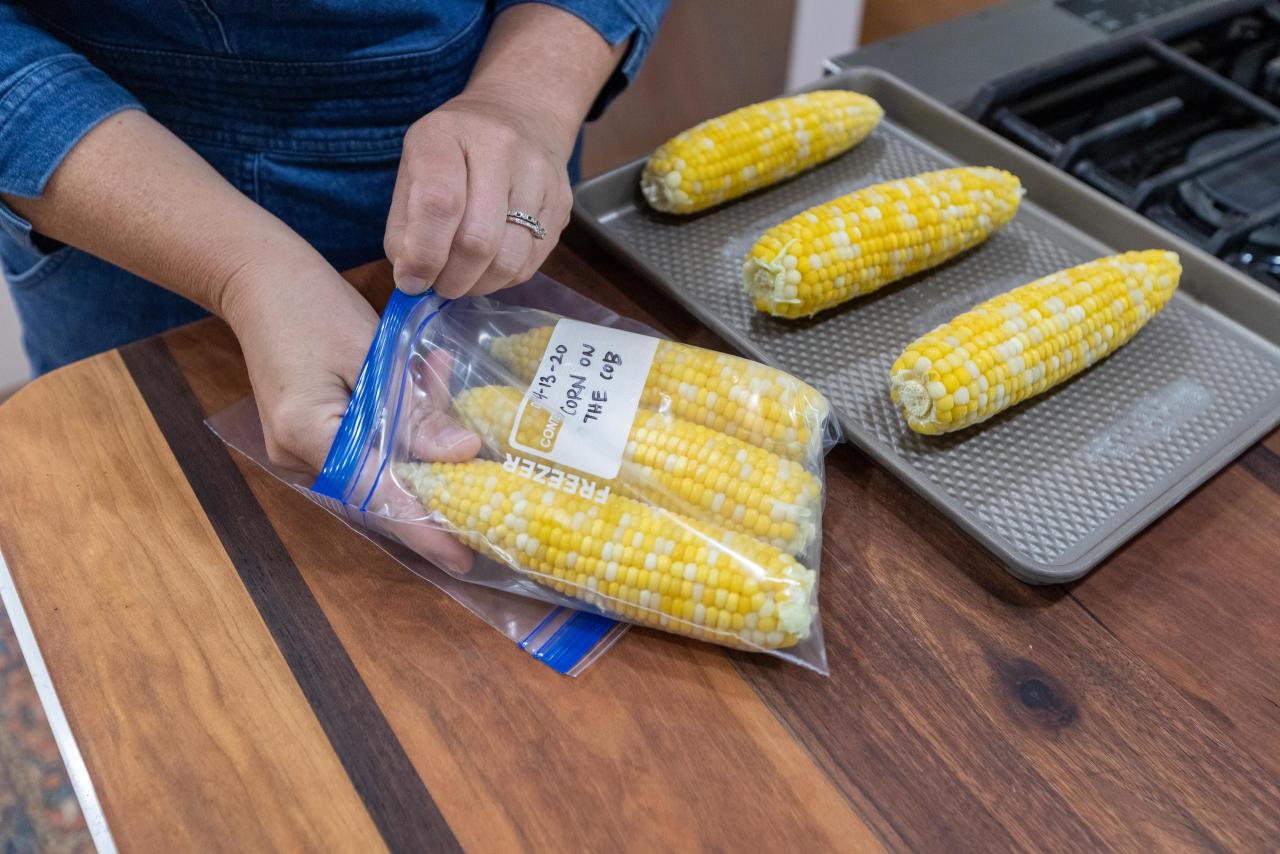
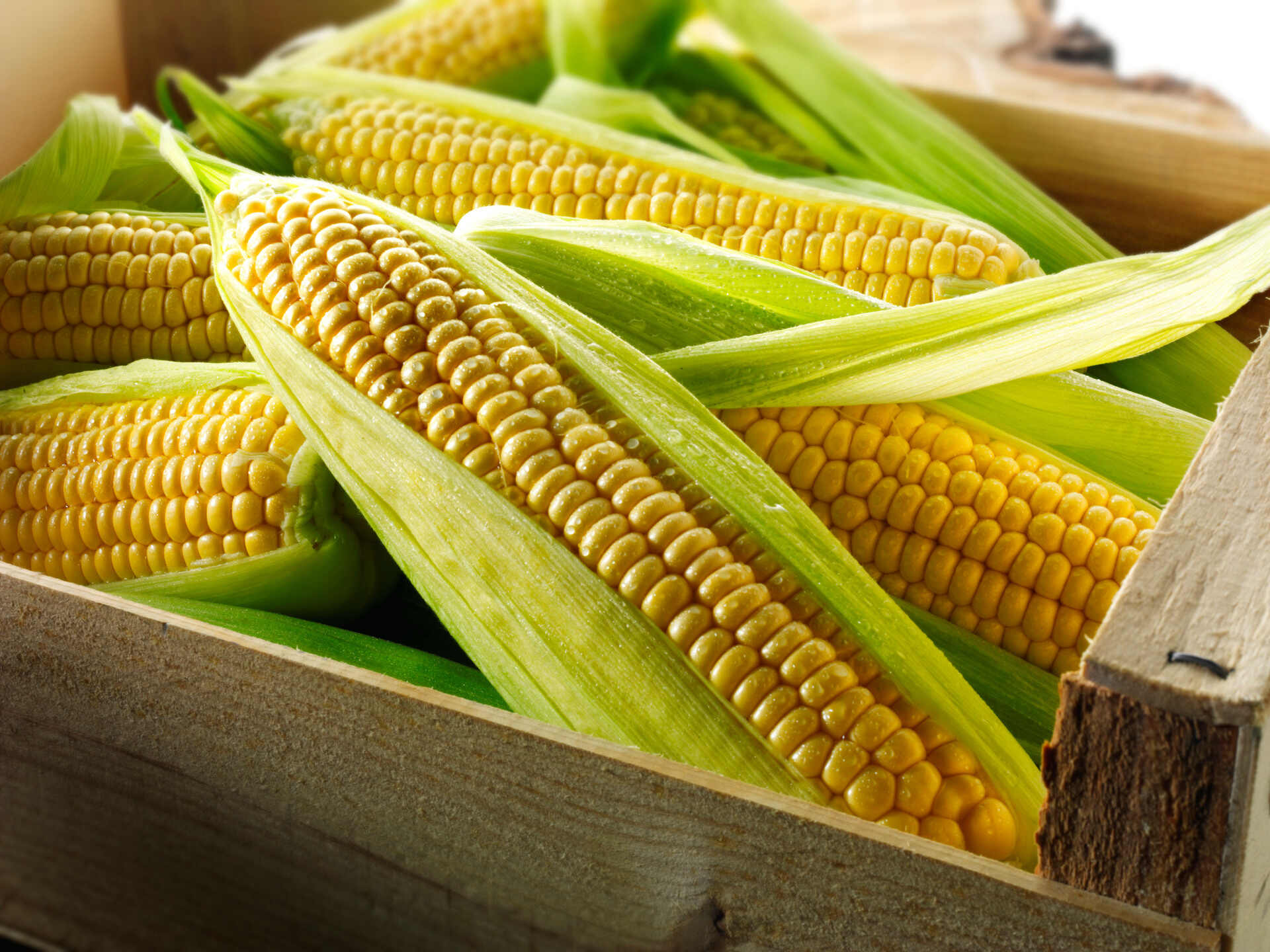
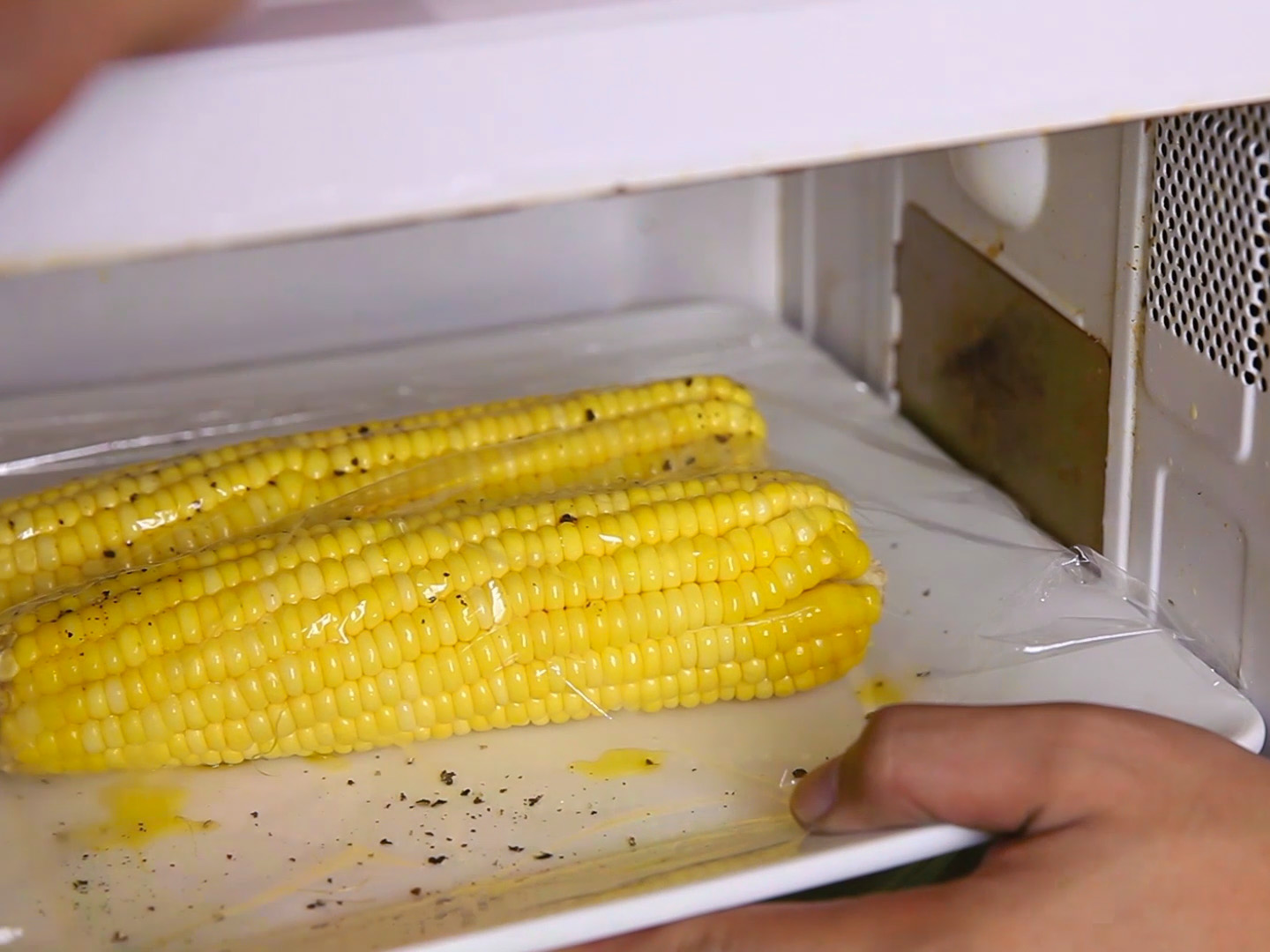
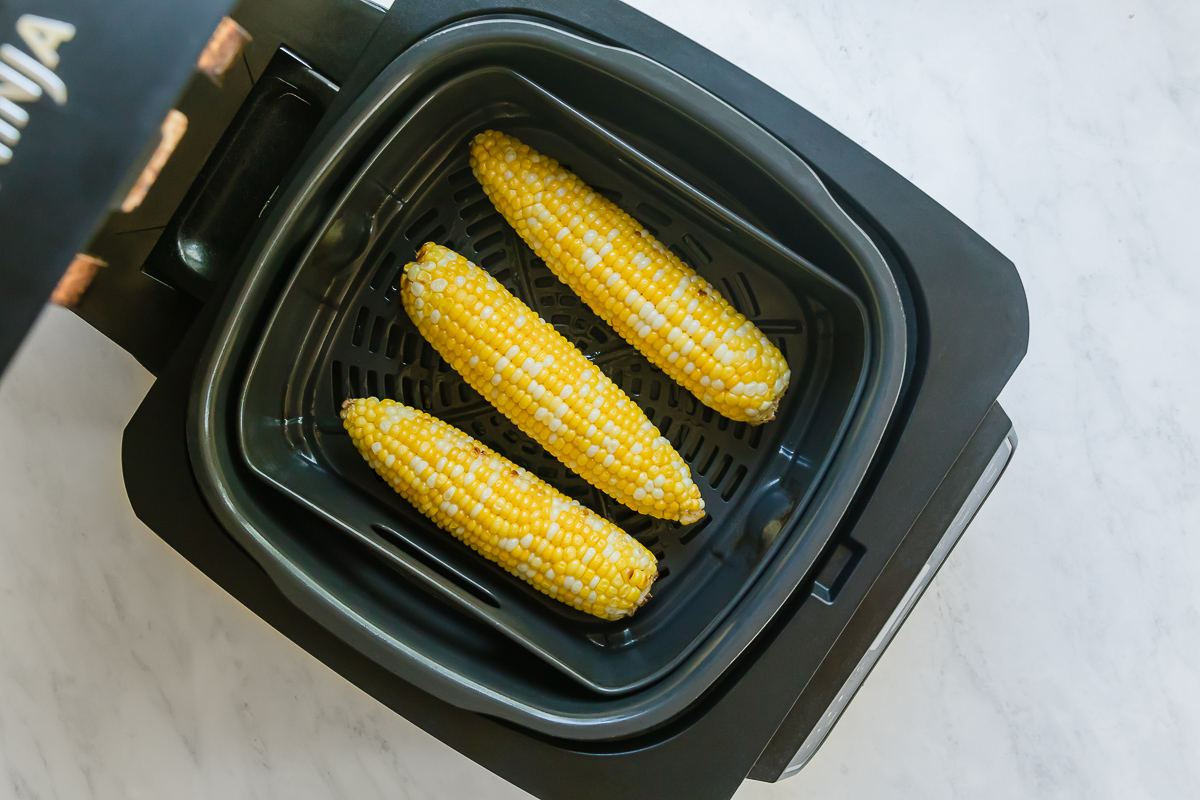
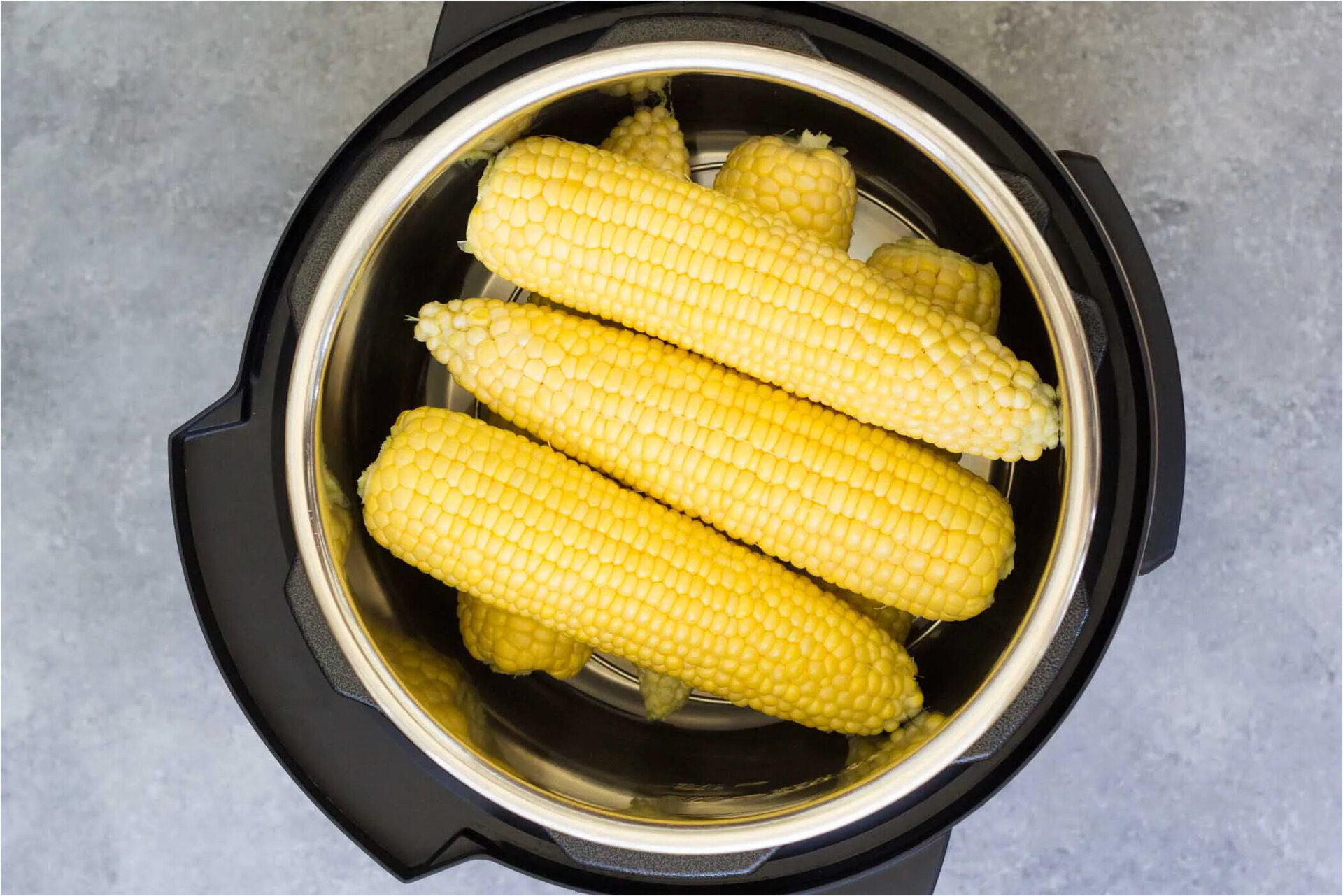
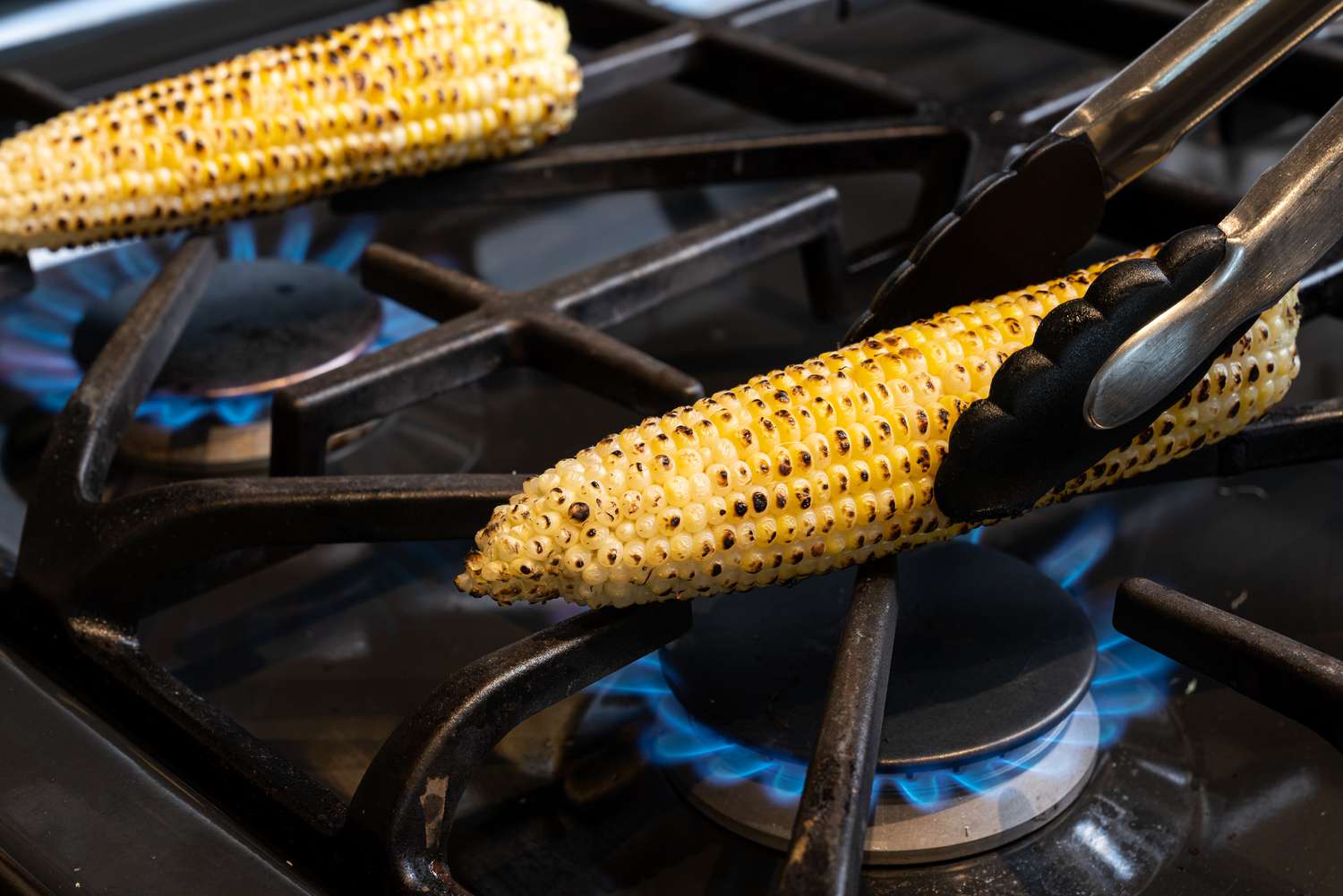
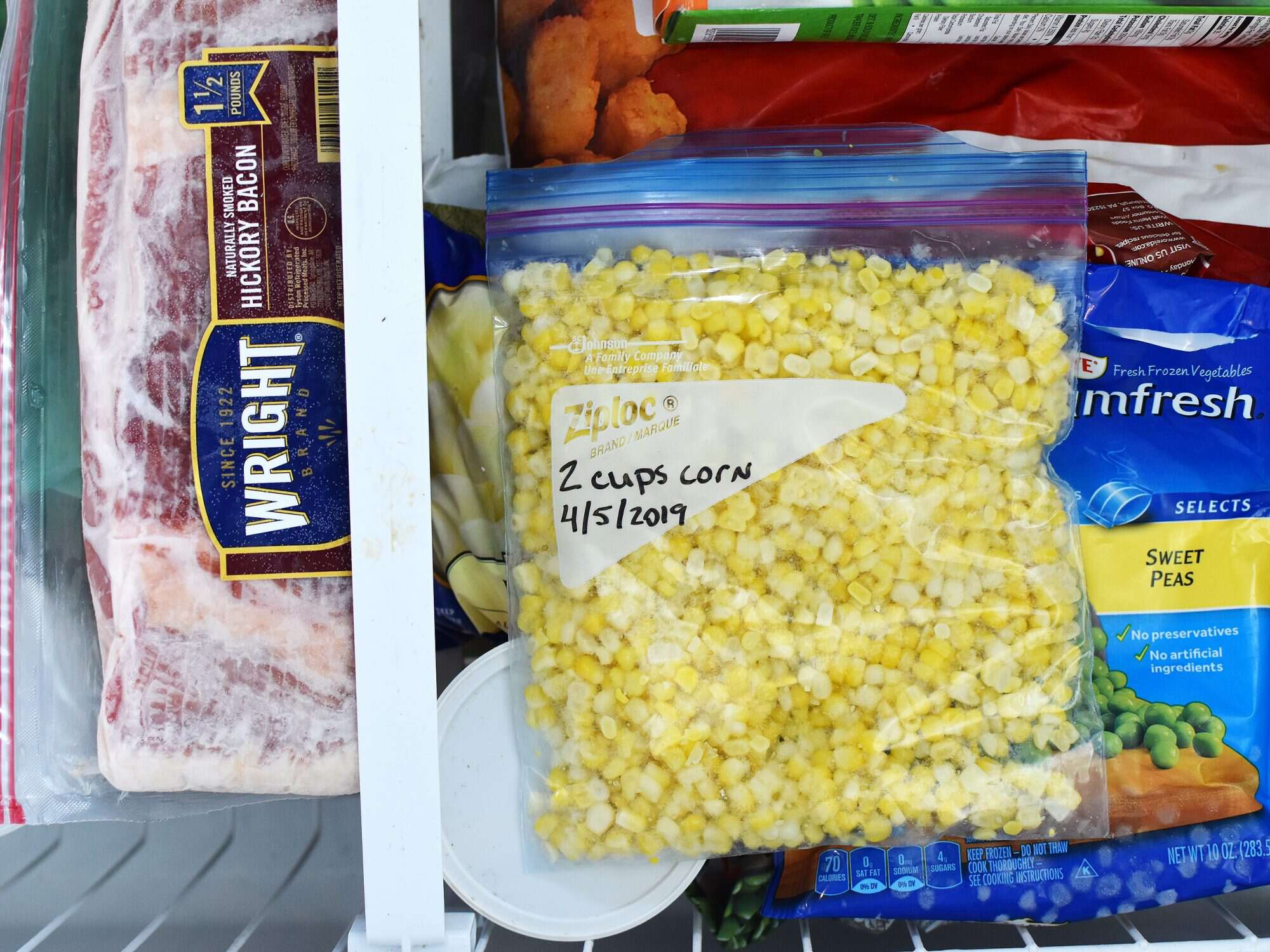
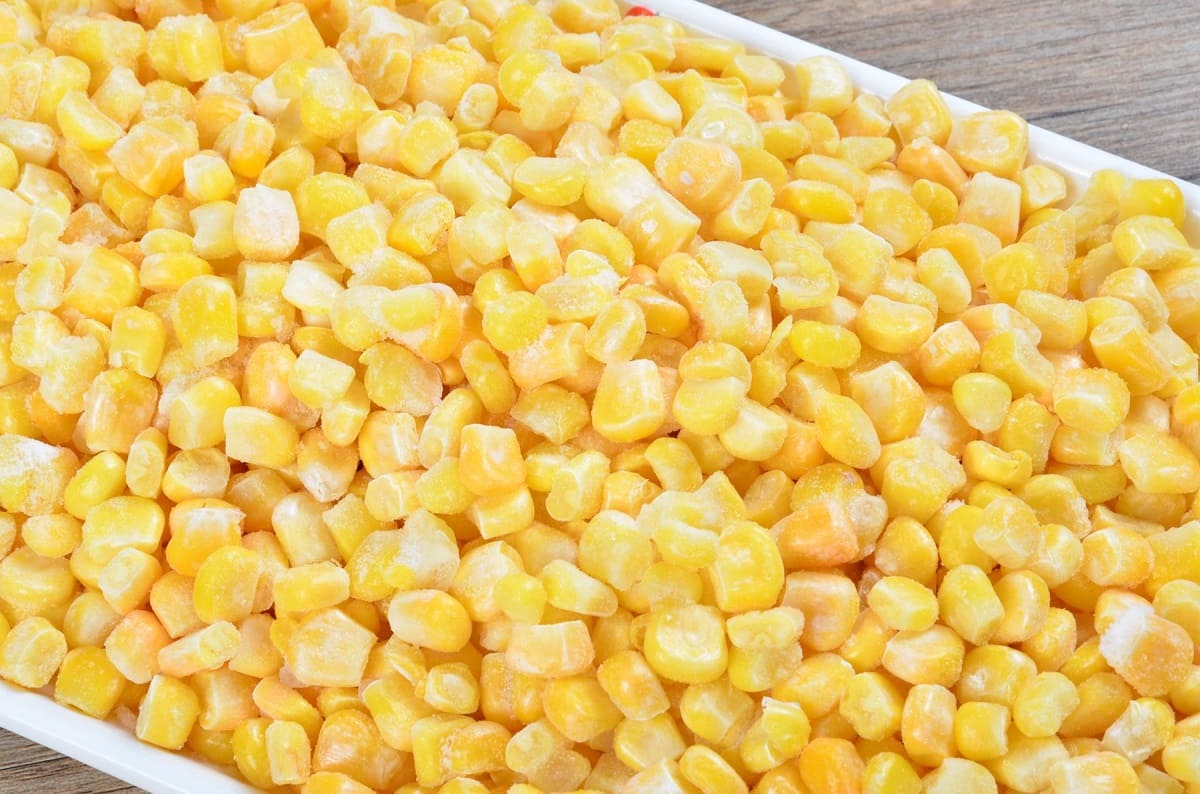
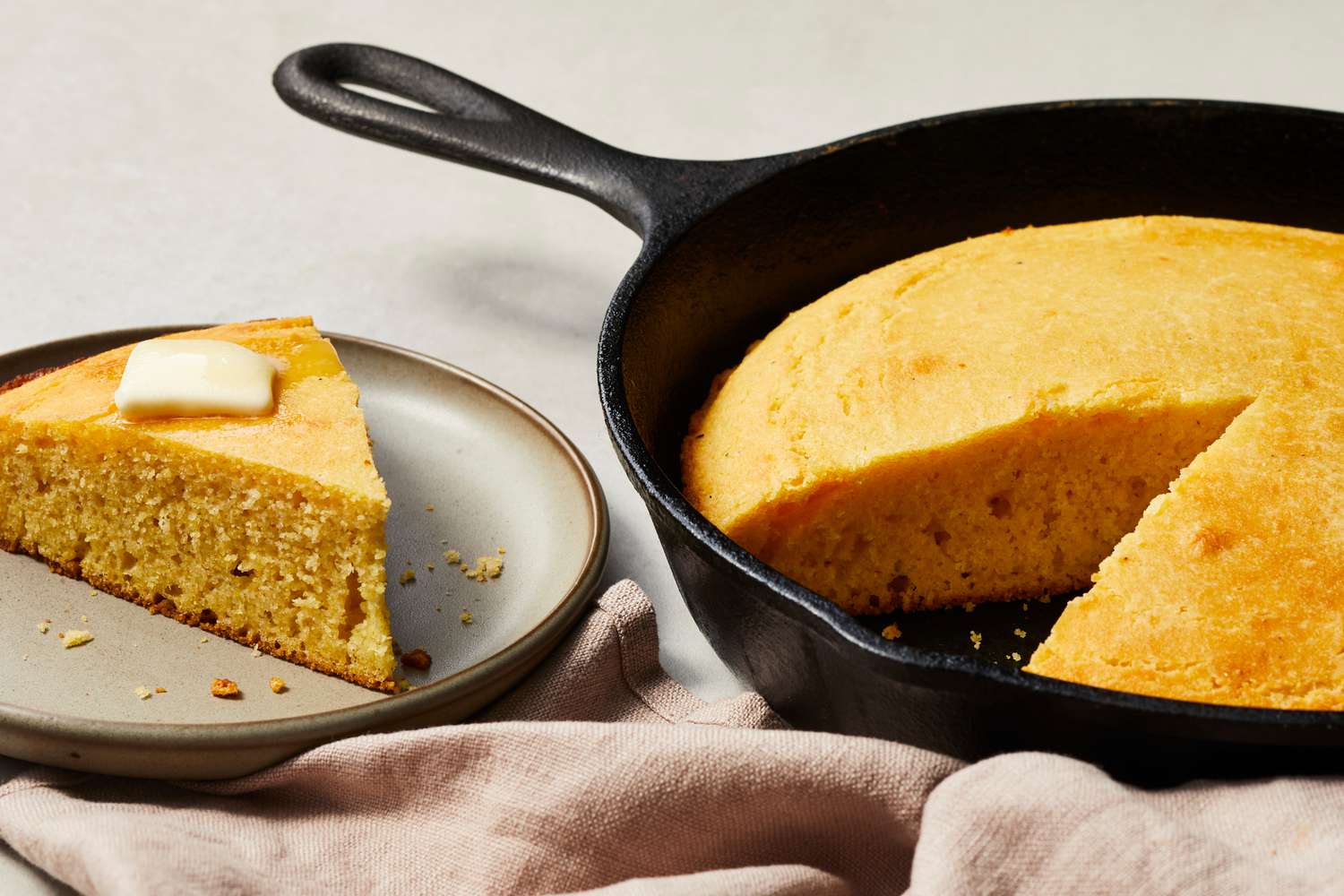

0 thoughts on “How To Store Corn On The Cob”